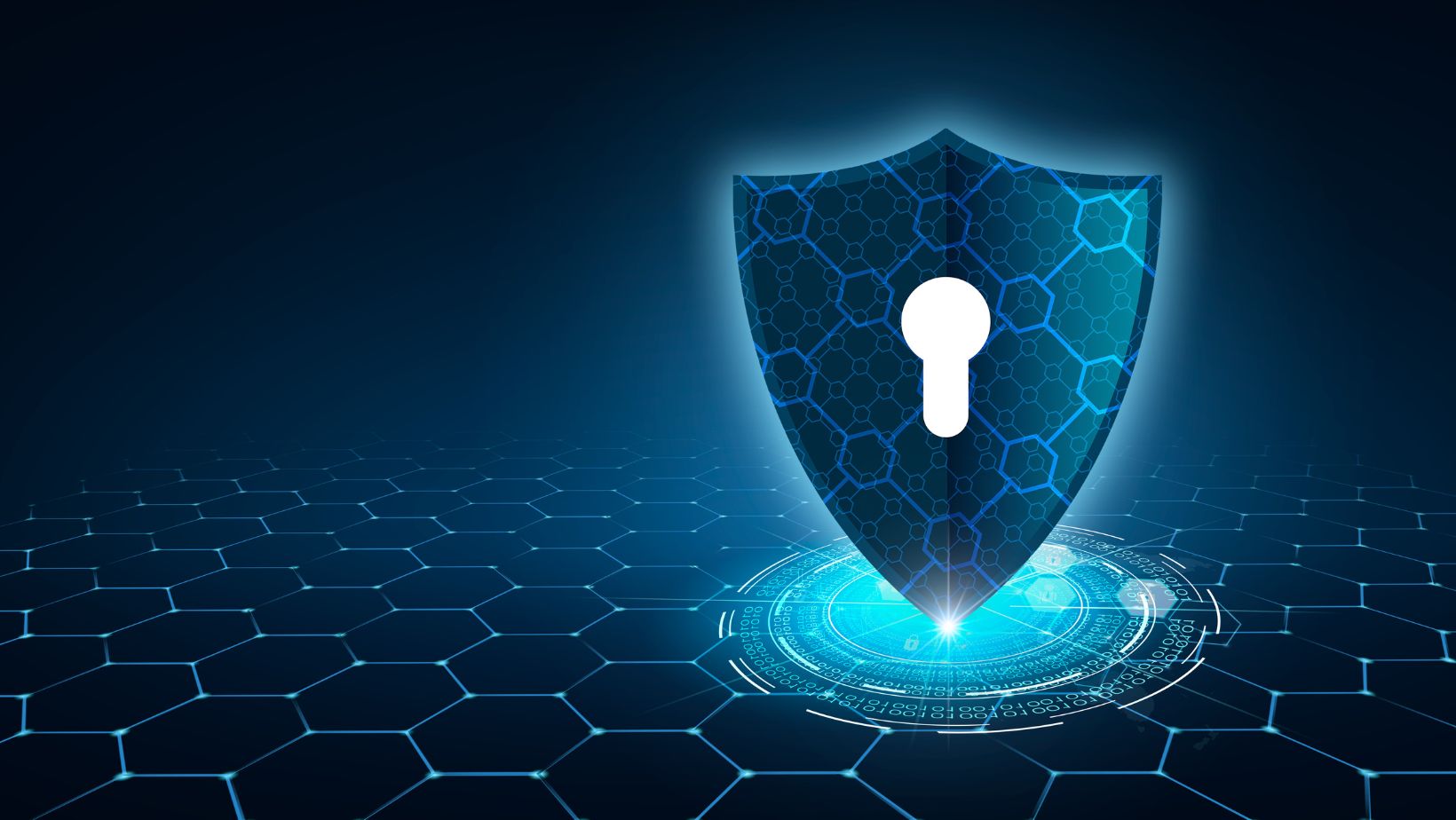Critical infrastructure, like power grids, transportation systems, water supply networks, and communication networks, form the backbone of modern society. We rely on these systems every day to keep our lives running smoothly. But as technology becomes more intertwined with these essential systems, they become increasingly vulnerable to cyber threats. In response, cybersecurity technology has emerged as a crucial line of defense, protecting these infrastructures from potential attacks. This article explores the importance of critical infrastructure cybersecurity and how technology plays a key role in safeguarding the systems we rely on daily.
What is Critical Infrastructure?
Critical infrastructure includes systems and assets that are essential for a nation’s security, public health, and economic stability. The United States Department of Homeland Security (DHS) identifies 16 critical infrastructure sectors, including energy, healthcare, transportation, financial services, and more. Each sector is crucial to national security and economic well-being, and any disruption could lead to severe consequences, from loss of life to economic breakdown.
For example:
- Energy Sector: Powers homes, businesses, and public services.
- Water Systems: Provide safe drinking water and sanitation.
- Healthcare Systems: Ensure medical services are available and accessible.
- Transportation Networks: Facilitate the movement of goods and people.
With more of these systems connected to the internet and digital platforms, they become potential targets for cyberattacks. Technology, therefore, plays a central role in protecting these critical infrastructures.
Why Cybersecurity is Vital for Critical Infrastructure
In the digital age, critical infrastructure is not only at risk from physical threats but also from cyber threats. Cyberattacks on critical infrastructure can cause widespread damage, affecting millions of people and even leading to national emergencies. Some key reasons why cybersecurity is essential for critical infrastructure include:
- Preventing Service Disruptions: A cyberattack on power grids or transportation systems can lead to blackouts or halted services, disrupting daily life and business operations.
- Protecting Sensitive Data: Many critical infrastructure sectors, like healthcare and finance, handle sensitive personal and financial information, making them attractive targets for cybercriminals.
- National Security: Attacks on infrastructure can weaken a country’s defenses and compromise national security, especially in times of conflict.
- Economic Stability: The economy depends on stable, reliable infrastructure. Cyberattacks that disrupt services can lead to significant financial losses.
How Technology Protects Critical Infrastructure
Technology serves as the first line of defense in critical infrastructure cybersecurity. Through various tools and solutions, it helps detect, prevent, and respond to cyber threats. Here’s how technology works as a digital defender:
1. Network Security Monitoring
One of the primary roles of technology in critical infrastructure cybersecurity is monitoring network activity. Continuous network monitoring detects unusual patterns or malicious activity in real time. By setting up automated alerts, cybersecurity teams can respond quickly to potential threats before they become full-blown attacks.
2. Firewalls and Intrusion Prevention Systems (IPS)
Firewalls and intrusion prevention systems create barriers between internal networks and potential threats from outside sources. These systems filter incoming and outgoing traffic, blocking anything suspicious. They serve as gatekeepers, controlling who can access critical systems and information.
3. Encryption Technologies
Encryption is another critical technology that protects data from unauthorized access. In critical infrastructure, sensitive information such as user data, system commands, and internal communications need to remain secure. Encryption scrambles data into unreadable codes, which can only be accessed by authorized users with decryption keys.
4. Artificial Intelligence and Machine Learning (AI/ML)
AI and machine learning are powerful tools in detecting and responding to cyber threats. These technologies analyze massive amounts of data to identify patterns, detect anomalies, and predict potential threats. In critical infrastructure, AI and ML help security systems stay ahead of attackers by adapting to new tactics and identifying previously unknown vulnerabilities.
5. Endpoint Detection and Response (EDR)
Endpoints, like computers, servers, and mobile devices, are common entry points for cybercriminals. Endpoint detection and response (EDR) solutions monitor and protect these endpoints from cyber threats. If an endpoint device is compromised, EDR technology can detect the threat and respond immediately, preventing the spread of malware to other parts of the system.
Key Challenges in Securing Critical Infrastructure
While technology offers many benefits for cybersecurity, it also faces challenges when applied to critical infrastructure. Here are some of the main challenges:
1. Aging Infrastructure
Many critical infrastructure systems were built decades ago, before the digital age. These systems are not designed to handle modern cyber threats, making them vulnerable to attacks.

Upgrading these systems is costly and time-consuming, and not all sectors have the resources to do so.
2. Complexity of Integration
With different technologies and systems in place, integrating new cybersecurity solutions can be complex. Critical infrastructure often relies on a mix of old and new technology, creating compatibility issues that cybersecurity solutions must overcome.
3. Insider Threats
Insiders, such as employees or contractors with access to critical systems, can pose a serious security risk. Whether intentional or unintentional, insiders can compromise systems. Technology like access control and monitoring tools help mitigate insider threats but cannot eliminate them.
4. Lack of Skilled Cybersecurity Professionals
A shortage of skilled cybersecurity professionals makes it challenging to manage and respond to cyber threats effectively. The demand for cybersecurity experts is high, but the supply is limited, leaving many critical infrastructure sectors struggling to maintain robust security measures.
The Role of Governments and Organizations
Governments and private organizations play a critical role in supporting technology for critical infrastructure cybersecurity. Various initiatives help protect national infrastructure from cyber threats. Here’s how governments and organizations contribute:
- National Cybersecurity Policies and Frameworks
Governments worldwide develop and implement policies that outline best practices for protecting critical infrastructure. For instance, the U.S. National Institute of Standards and Technology (NIST) provides a cybersecurity framework that guides organizations in managing and reducing cyber risks.
- Public-Private Partnerships
Critical infrastructure is often managed by private companies, so governments form partnerships with these organizations to enhance cybersecurity measures. These partnerships encourage information sharing, technology development, and training programs.
- Cybersecurity Training Programs
Investing in cybersecurity training programs helps build a skilled workforce to manage and protect critical infrastructure. Training programs focus on equipping professionals with knowledge of cybersecurity tools, risk management, and threat detection.
- Funding for Cybersecurity Research and Development
Government funding for research and development encourages innovation in cybersecurity technology. New solutions, such as advanced AI algorithms and encryption techniques, are developed through government-backed research, helping keep critical infrastructure secure.
Real-World Examples of Cybersecurity in Action
Several real-world incidents highlight the role of technology in defending critical infrastructure against cyber threats:
1. Ukraine Power Grid Attack (2015)
In 2015, a cyberattack targeted Ukraine’s power grid, leaving hundreds of thousands of people without electricity. This attack underscored the vulnerability of energy infrastructure to cyber threats. Since then, energy companies globally have invested in technology to monitor and protect their networks from similar attacks.
2. Colonial Pipeline Attack (2021)
In 2021, a ransomware attack shut down the Colonial Pipeline, which supplies fuel to much of the Eastern United States.

The attack disrupted fuel supplies, causing shortages and price increases. This incident showed how critical infrastructure could be targeted, leading to increased emphasis on cybersecurity measures in the energy sector.
3. Water Treatment Plant Attack (2021)
In another 2021 incident, cybercriminals attempted to poison the water supply of a treatment plant in Florida by increasing the levels of sodium hydroxide. Fortunately, the attack was detected and stopped before causing harm. This case highlights the importance of monitoring and alert systems in critical infrastructure cybersecurity.
Future of Technology in Critical Infrastructure Cybersecurity
As technology continues to evolve, so too will cybersecurity for critical infrastructure. Emerging technologies, such as quantum computing and blockchain, show promise in enhancing cybersecurity. However, new technologies also bring new challenges. Cybercriminals continuously adapt, finding new ways to breach systems and bypass defenses. Staying one step ahead requires a proactive approach, constant vigilance, and continued investment in cybersecurity.
Here are some trends that will shape the future of critical infrastructure cybersecurity:
- Increased Use of AI and Automation
AI and automation will play a larger role in monitoring and responding to threats. Automated systems can detect and respond to cyber incidents faster than humans, improving the speed and efficiency of cybersecurity operations.
- Zero Trust Architecture
The Zero Trust model assumes that no user or device should be trusted by default, even if they are within the network. Adopting this model helps prevent unauthorized access and limits the movement of potential attackers within critical infrastructure networks.
- Quantum-Resistant Encryption
With advancements in quantum computing, there is a growing need for quantum-resistant encryption methods. These new encryption techniques will provide greater security against future cyber threats.
Conclusion: Technology as the Protector of Critical Infrastructure
In the face of growing cyber threats, technology serves as a robust shield for critical infrastructure. From network monitoring and encryption to AI-driven threat detection, various technologies work together to keep our essential systems secure. However, the effectiveness of these tools depends on constant vigilance, skilled professionals, and the support of governments and organizations. As we continue to rely on digital solutions for critical infrastructure, the role of critical infrastructure cybersecurity will only grow more important, ensuring the stability, security, and resilience of our society.
